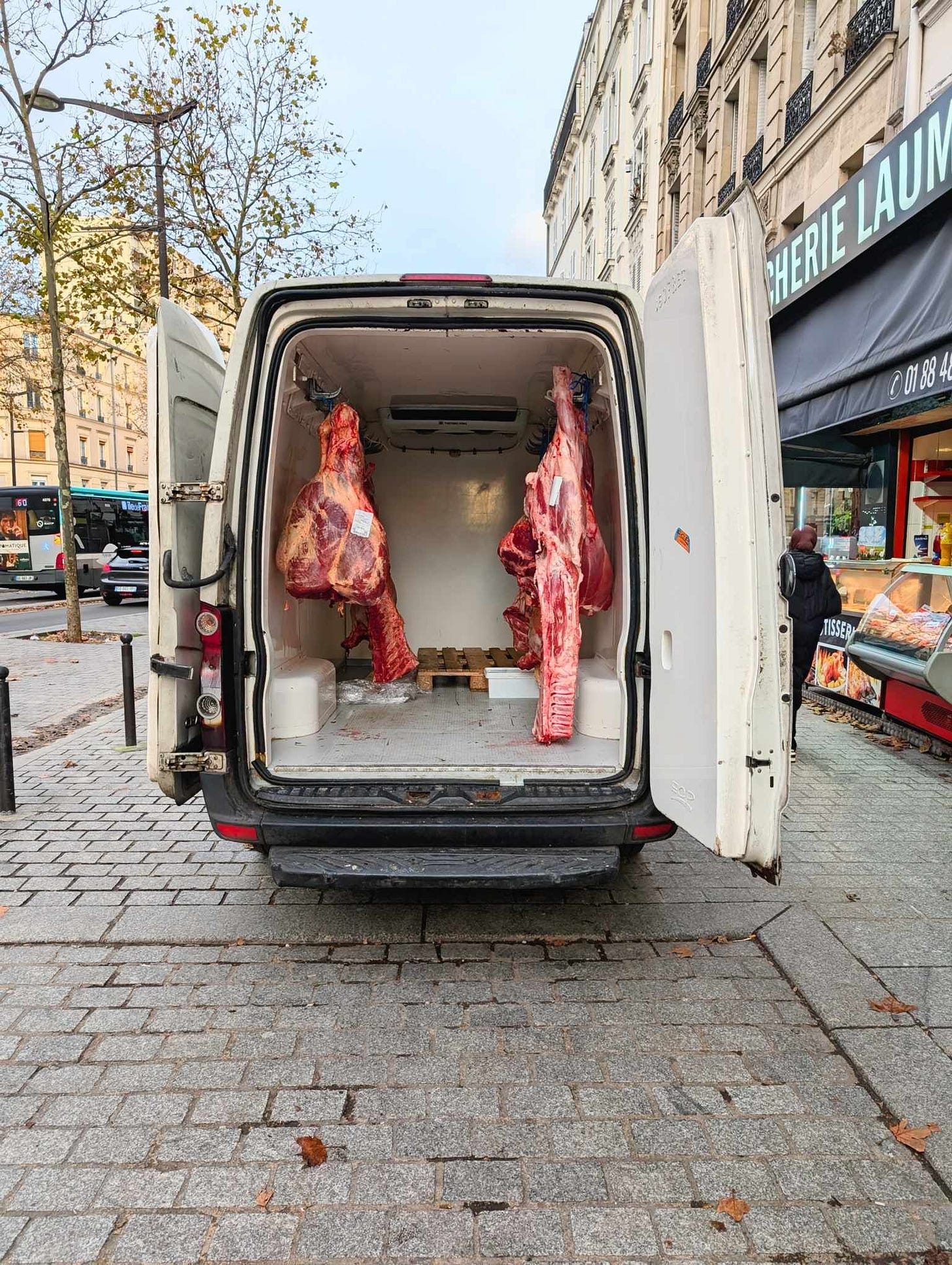The Death of the Butcher.
As a youth I never wept in butcher shops. In fact, I always found them fascinating. The tripe sweating against the glass at the indoor market in Birkenhead, the sheep heads swinging from chains in Athenian meat halls, those fillets done up fancy with little ribbons in the more chic Parisian boutiques. The brutality and finery of the butcher has attracted and disgusted me in equal measures.
The owner of my local butchery was an incredibly camp man with little round glasses, always mincing around the mince, making the old ladies giggle. I remember ordering some faux fillet and refusing his offer to slice it for me. “Oh, I see the monsieur prefers to cut his own meat…” he said with a heavy wink. That one really got the old hags going.
His son had big ham-carrying arms and would have slotted in at second row in many decent rugby teams. With him, rather than simply order, I would first explain what I was planning to cook, just to wait for the reaction. He would take a moment, considering how the dish might look on his own table. “Très bien…” he would nod, while cracking the bones. “Ah oui, c’est bon ça.”
Over time I started to pick up on a connection between the big-armed boy and the petite Asian girl who worked the cash till. There was the prolonged eye contact, the discreet touching of hands, the words whispered with eyes. What went on when the shutters came down? I didn’t know, but I wanted to.
Then, without warning, one day the shutters were permanently down. On the window it was just possible to see a sign that read ‘New owners, opening tomorrow’. I stooped down and tried to catch a glimpse of what was going on inside. All I could see was the big-armed boy, wistfully carving up a final ham. I thought about knocking on the window, maybe giving a goodbye wave, but in the end I just cut away.



